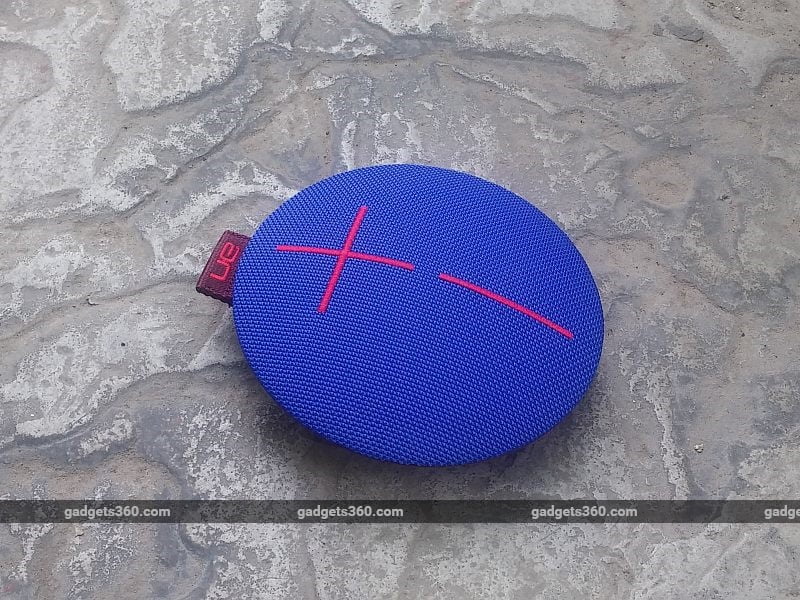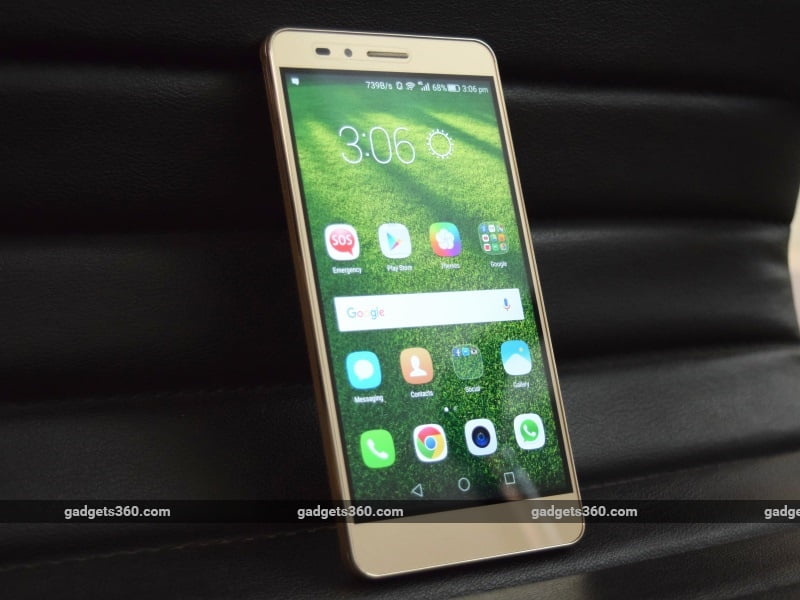
WhatsApp Gets 2 New Features, LG V20 Launched in India, and More: Your 360 Daily
HIGHLIGHTS
WhatsApp for Android gets support for video streaming and animated GIFs
LG V20 smartphone launched in India at Rs. 54,999
OnePlus 3T available at Re. 1 in OnePlus December Dash Sale
In the world of technology, WhatsApp for Android received two new features, LG V20 smartphone was launched in India, and OnePlus 3T is up for Re. 1 in the company’s December Dash online sale. Read these stories and more tech such important tech news of the day in your 360 Daily.
WhatsApp gets video streaming, animated GIF support
WhatsApp has released two new features for all users of its Android app, video streaming and animated GIF support; both features had been available to WhatsApp beta testers, but not the public. With the new update, WhatsApp users will be able to play videos sent by others while they downloads; however, this is not true only streaming as the video still gets downloaded to the device. The GIF support feature allows WhatsApp users to convert 6-seconds video to GIF images and share it with contacts.
LG V20 smartphone launched in India at Rs. 54,999
LG’s flagship V20 smartphone has been launched in India at Rs. 54,999 for the 64GB variant, and will be available via retail stores as well as Amazon. The LG V20 will come with a Bang & Olufsen Play headset worth Rs. 18,000, along with an exchange offer providing “minimum assured Rs. 20,000 off.” The new LG V20 has a 5.7-inch screen with 1440×2560 pixel resolution, as well as a secondary display; it is powered by the Snapdragon 820 processor, runs Android 7.0 Nougat OS, and has 4GB of RAM. Other key features of LG V20 include 2TB microSD card support, 16-megapixel primary rear camera, 8-megapixel secondary rear camera, 3200mAh battery, military-grade metallic body, and a 5-megapixel front camera.
OnePlus 3T, accessories at Re. 1 in OnePlus December Dash Sale
OnePlus is hosting the December Dash sale this month, under which it will provide participants a chance to buy the new 128GB OnePlus 3T smartphone, as well as company accessories, cases, covers and other products, at Re. 1. The OnePlus December Dash Sale will be held on December 9, 16, 23, and 30 from 12pm to 6pm IST on its official online store. There is also a weekly draw where all registered users stand a chance to win a free OnePlus 3T, which was launched recently.
Paytm Wallet, Payments Bank to be merged
Paytm’s parent company One97 Communications has announced that it will merge the Paytm Wallet with its newly-incorporated payments bank division. One97 Communications reportedly owns 49 percent of Paytm Payments Bank Limited, while CEO Vijay Shekhar Sharma has a 51 percent stake in the new entity. Paytm Wallet users’ balance will be transferred to accounts in the company’s payments bank automatically; those who do not want this transfer have the option to withdraw money to their bank accounts in a one-time deposit.
Moto X (2017) leaked images show no Moto Mods support
Leaked images said to be that of Moto X (2017) smartphone show that the rumoured model will not have pins to support Moto Mods modular accessories. Instead, the Motorola smartphone has a metallic body, round camera panel, and a Home button that may house the fingerprint sensor. The Moto X (2017) smartphone will be available in gold and silver colours, if the leaked images are anything to go by. Key specifications of the smartphone, however, have not been leaked yet.
Google starts rolling out Hindi Assistant for Allo app
Google has started rolling out the Hindi Assistant for its new AI-powered Allo messaging app, with new feature said to be available to all Android and iPhone users in the “coming few days.” Allo users can say “talk to me in Hindi” or change the language preferences of the app to activate the feature. Google Allo users will also be able to use the Smart Reply feature in Hindi as well. Google also announced that India has the highest number of Allo users worldwide, without specifying a figure.
iPhones worth Rs. 10 crores stolen by former Foxconn manager
A former manager at Foxconn has been indicted in China for stealing and selling iPhones worth $1.56 million (roughly Rs. 10 crores). The manager, along with eight other employees, smuggled thousands of units of iPhone 5 and iPhone 5s during 2013-14. The iPhones units, which were meant to be scrapped, were then sold to stores in Shenzhen for a total of $1.56 million, authorities said. He faces a maximum jail term of 10 years.
Cash on delivery for PC games purchased via Steam in India
While cash may be hard to come by these days, Steam has soft-launched the cash on delivery option for customers in India to pay for games they buy from the platform. You can select the cash on delivery mode after adding an item to your cart on Steam, and will be redirected to a page where you can provide the requisite billing and shipping information. An executive will get in touch with you to collect the cash, and your order will be emailed to you within 72 hours of the payment. As expected, the old Rs. 500 and Rs. 1000 notes are not accepted by Steam for the cash on delivery option.
Tags: WhatsApp, WhatsApp Video Stream, whatsapp gif support, Paytm, LG, LG V20, LG V20 India Launch, Paytm Wallet, Paytm Payments Bank, Steam, Cash on Delivery, OnePlus 3T, OnePlus, OnePlus December Dash Sale, Moto X (2017), Google Allo, Google Assistant Hindi, iPhone
[“Source-Gadgets”]









